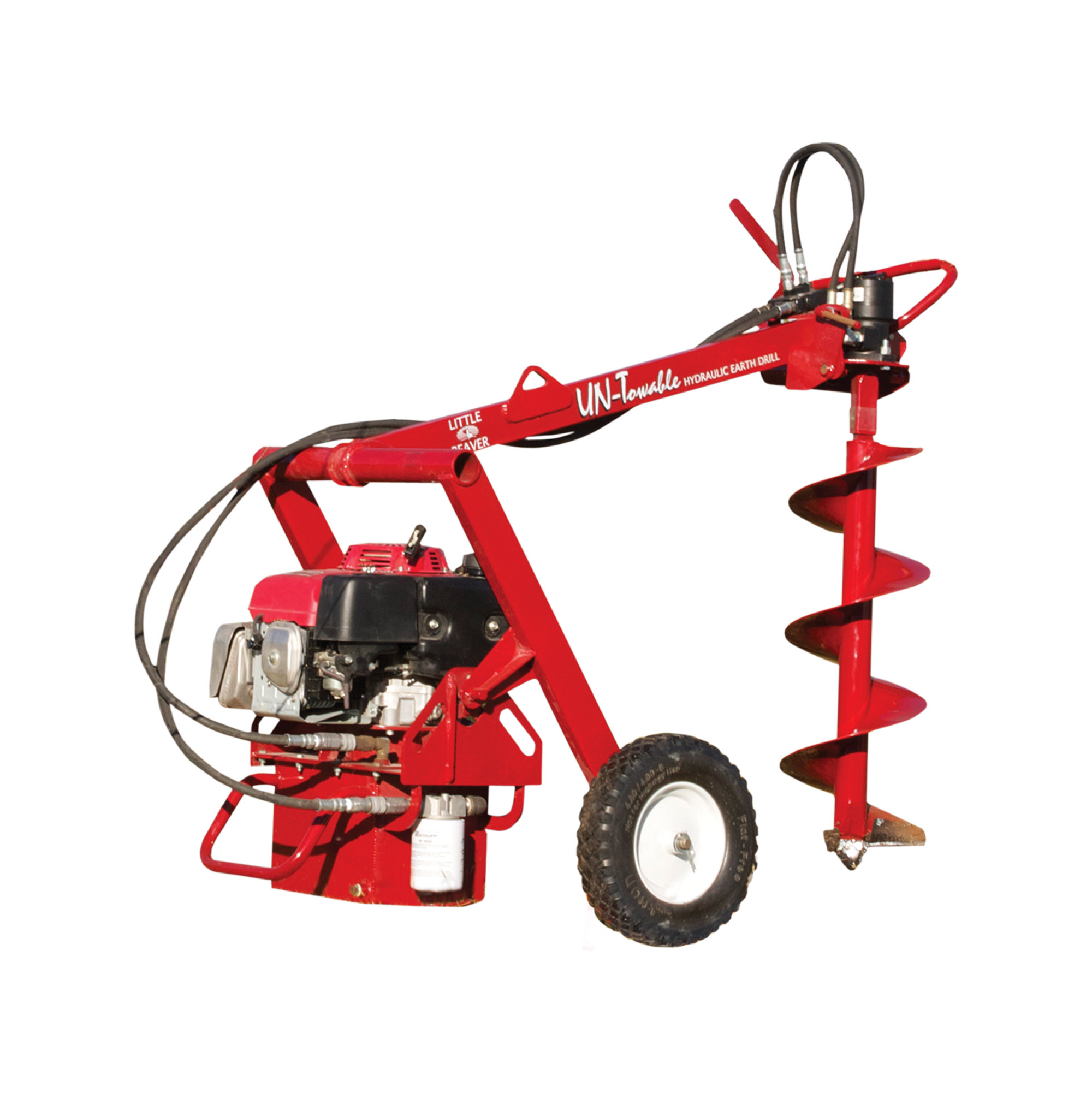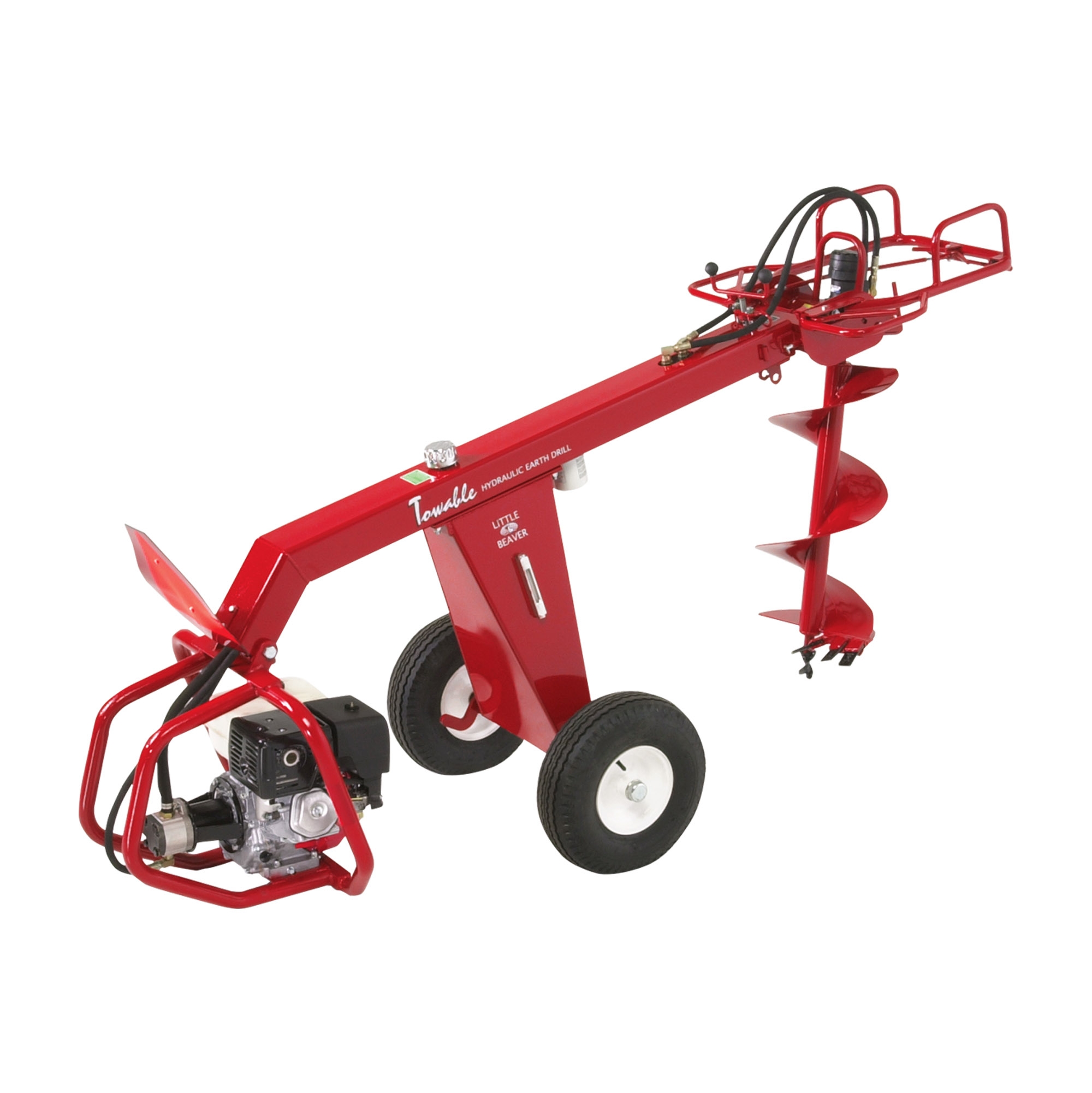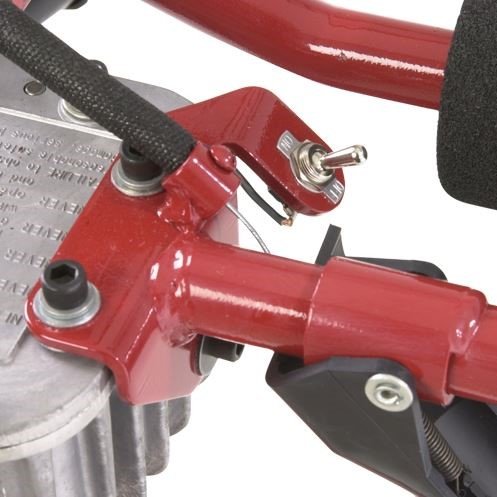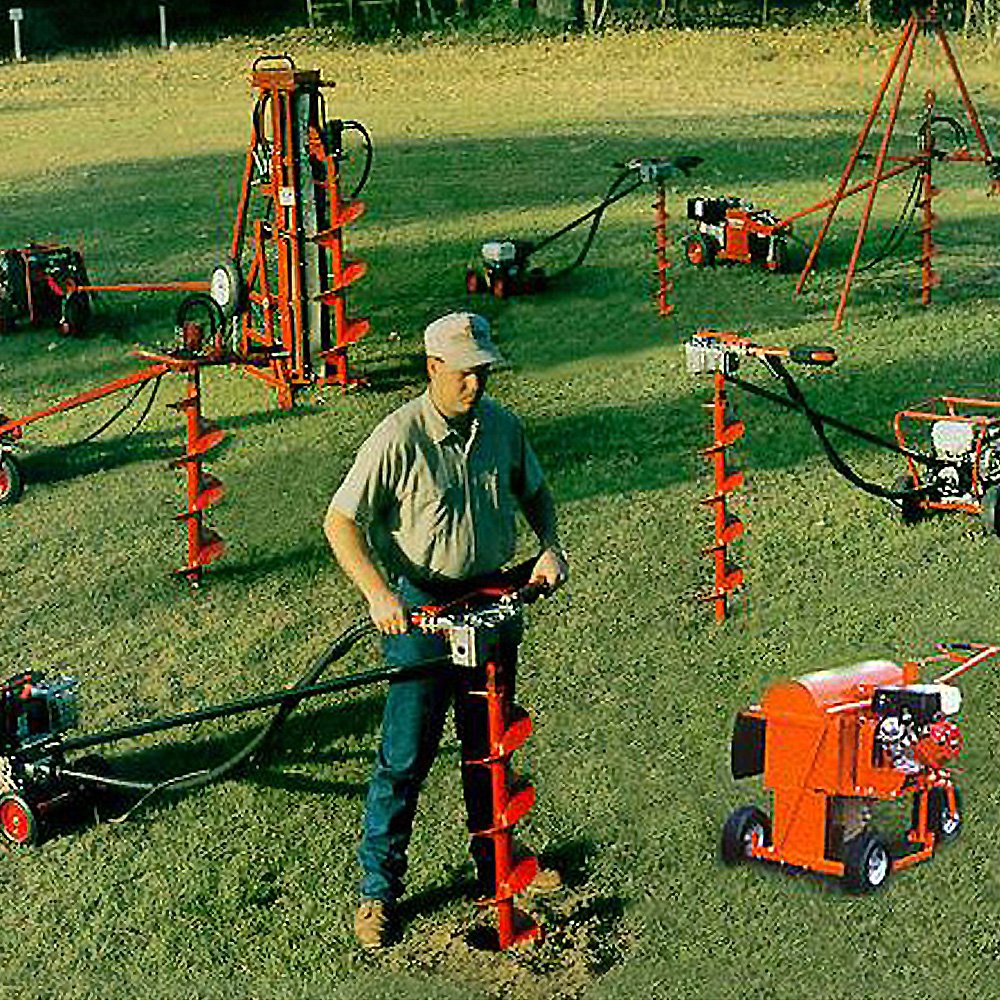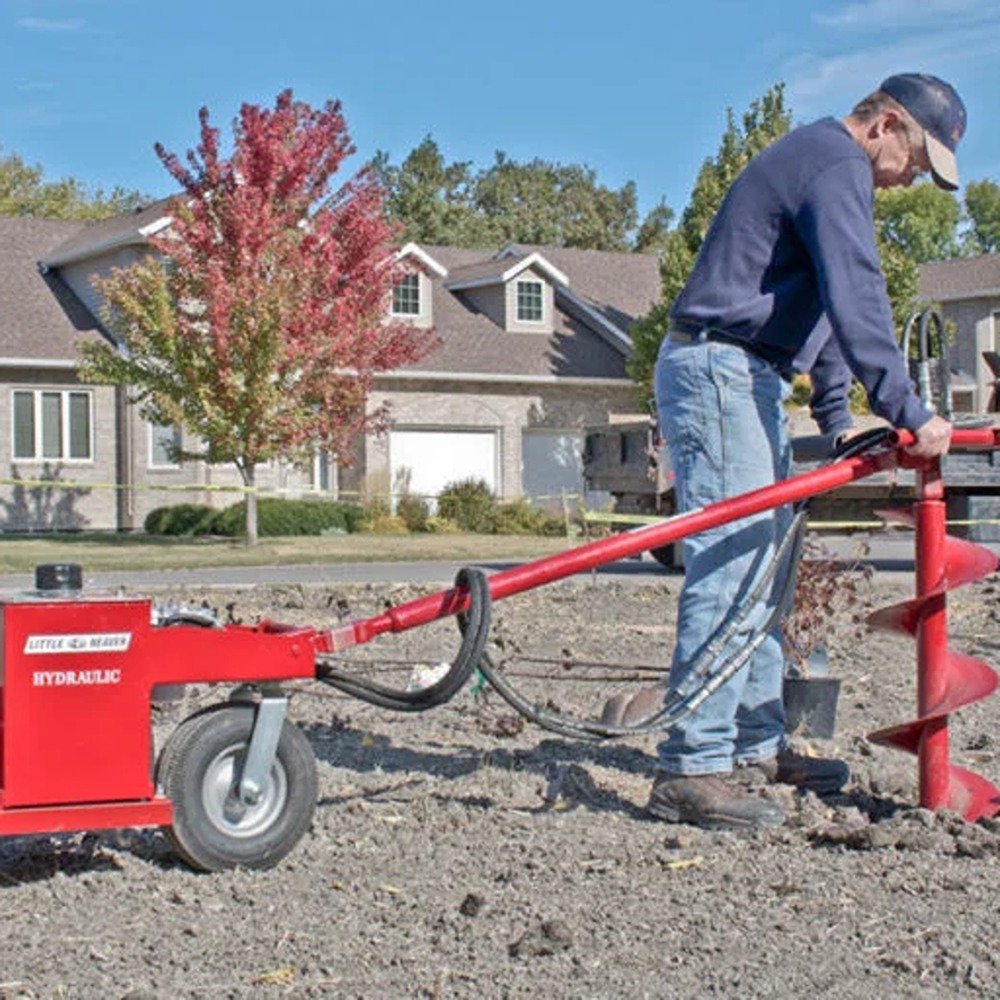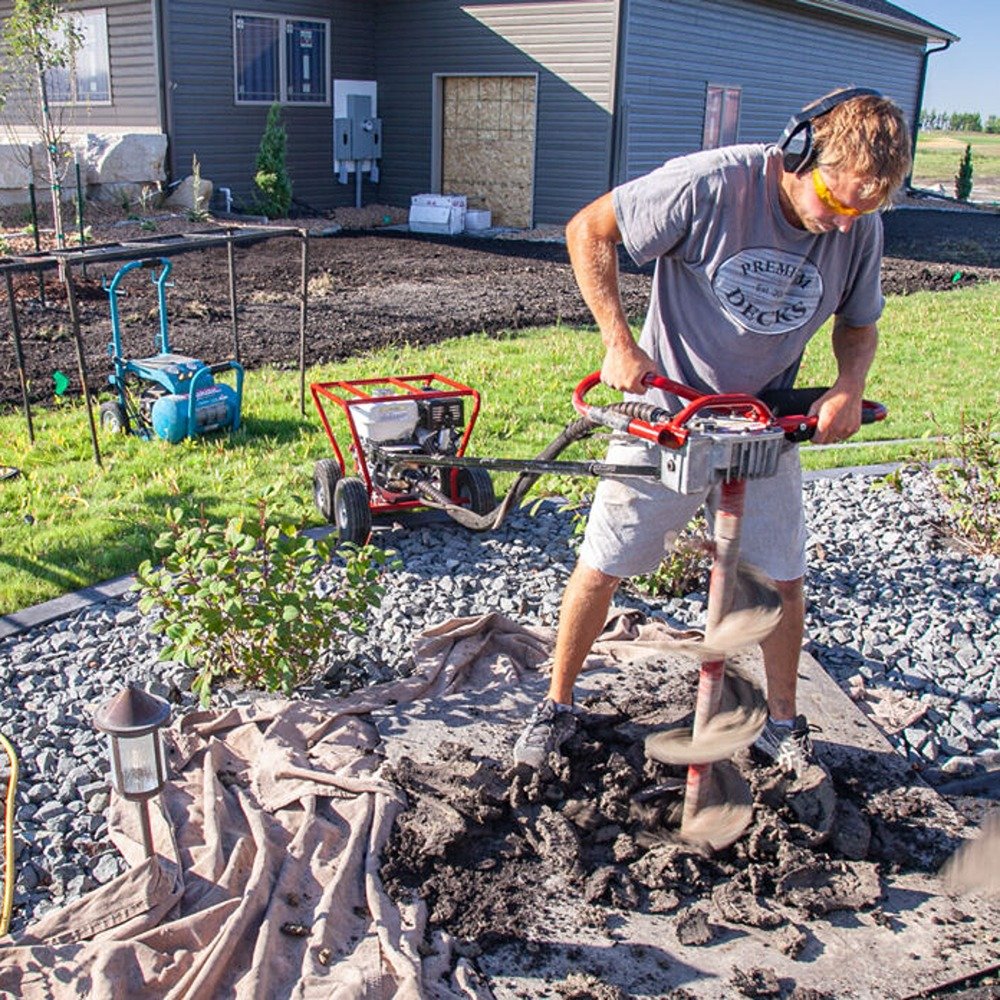In-Depth Guide on Soil Sampling with your Auger
Soil sampling is a crucial practice used in agriculture, construction, environmental science, and geology to understand the composition and characteristics of the soil. The process involves extracting a core or portion of soil from a specific depth to analyze its properties. These properties may include moisture content, pH levels, nutrient availability, and the presence of contaminants. Accurate sampling helps professionals make informed decisions about land management, crop selection, and building stability. By using specialized equipment like an earth auger, the process becomes more efficient and consistent.
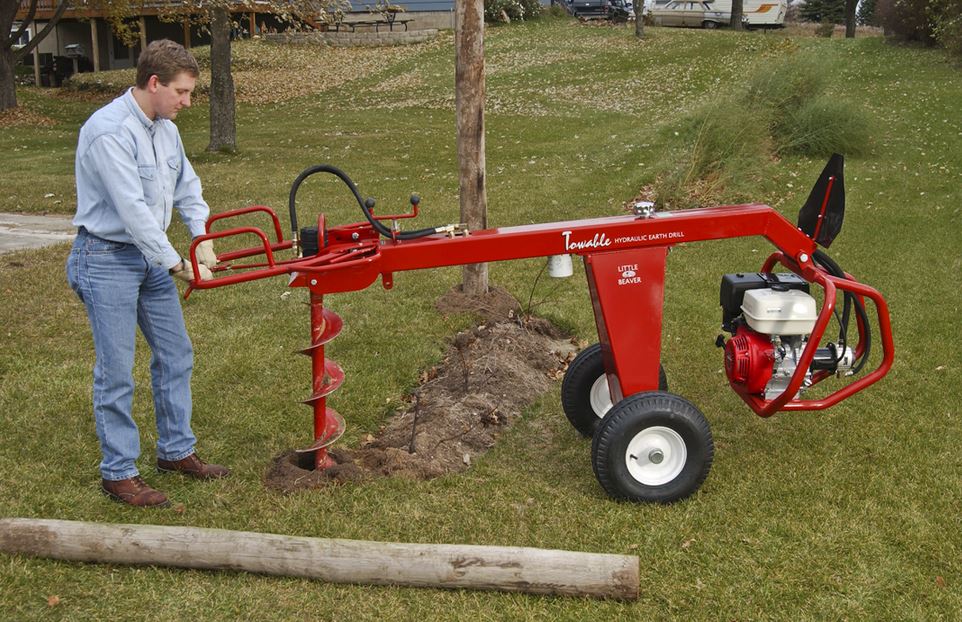
What is Soil Sampling and What is it Used For
Soil sampling has many practical applications depending on the field of use. In agriculture, it informs farmers about nutrient deficiencies or imbalances, allowing them to optimize fertilization. Environmental professionals use soil samples to test for pollutants, while engineers use the data to assess ground stability before construction. Even landscapers and homeowners use soil sampling to ensure ideal growing conditions for gardens or lawns. Whether for testing crop readiness or ensuring structural support for a building, soil sampling provides essential insights below the surface.
Using a Hydraulic Earth Drill for Soil Sampling
A hydraulic earth drill significantly enhances the soil sampling process by delivering steady, controlled power and reducing user fatigue. These drills offer vertical drilling precision and are equipped with forward and reverse hydraulic flow for smooth operation. Their mobility, including horizontal handles and transport wheels, allows easy movement between sampling locations. The hydraulic system provides better torque and speed control, making it easier to penetrate tough soils and clay layers. Additionally, their adaptability to different auger lengths and diameters makes them versatile for various sampling depths and purposes.
How to Perform Soil Sampling with a Hydraulic Earth Drill
Before starting, make sure you select the correct auger bit and check that the drill is in working condition with proper fluid levels. Position the unit securely on the ground and align the auger vertically where you intend to sample. Engage the hydraulic motor slowly to begin drilling into the soil, applying consistent downward pressure without forcing the drill. Once the desired depth is reached, stop the motor and gently reverse it to bring the auger and soil sample back up. Always be cautious around moving parts and wear protective gear like gloves and safety goggles.
Tips for Effective Soil Sampling
To get reliable results, avoid sampling in areas that may have been disturbed or treated recently. Use a clean auger for each sampling location to avoid cross-contamination. If sampling for agricultural analysis, take multiple samples across the area and mix them in a clean container to form a composite sample. For environmental or construction purposes, depth consistency is critical, so make sure to mark and record each depth accurately. It’s also helpful to label each sample clearly with location, date, and depth information for future reference or laboratory submission.
Maintaining Your Hydraulic Drill After Sampling
After completing your soil sampling tasks, proper maintenance of the hydraulic earth drill ensures it stays in optimal working condition. Clean the auger thoroughly to remove soil and debris, especially around the cutting edges and flighting. Check hydraulic connections for leaks or wear, and store the unit in a dry area to prevent corrosion. Periodically inspect hoses, fittings, and fluid levels before each use. Following a regular maintenance routine not only extends the life of your equipment but also ensures consistent performance for future projects.
Little Beaver Hydraulic UN-Towable Drill, 11 HP Honda GXV390
The Little Beaver Hydraulic UN-Towable Drill offers superior drilling power in a compact, easily transportable design. Perfect for confined spaces or rough terrain, this drill features an 11 HP Honda GXV390 engine, delivering reliable and consistent performance. Designed for professional contractors, this unit provides exceptional control and torque for a variety of drilling tasks.
Key Features:
- Powerful 11 HP Honda GXV390 engine
- Hydraulic operation for smooth, efficient drilling
- Compact UN-towable design ideal for tight or remote job sites
- Heavy-duty construction for long-lasting durability
- Ideal for fencing, landscaping, and soil sampling applications
Shop Now
Little Beaver Hydraulic Towable Drill, 11 HP Honda with Tow Bar
The Little Beaver Hydraulic Towable Drill combines power and portability, featuring a rugged tow bar for easy transport to any job site. Equipped with an 11 HP Honda engine, this drill offers reliable hydraulic performance for contractors who need both convenience and muscle in the field.
Key Features:
- 11 HP Honda engine for dependable power
- Hydraulic system ensures smooth and consistent operation
- Towable design with tow bar for easy transportation
- Durable steel frame construction
- Perfect for fencing, landscaping, and foundation drilling
Shop Now
Frequently Asked Questions About Soil Sampling With Your Auger
What Is The Best Time Of Year To Perform Soil Sampling?
The best time for soil sampling depends on your goals. For agricultural purposes, sampling is often done before planting in the spring or after harvest in the fall. This helps provide accurate data on nutrient levels for upcoming crops. For construction or environmental testing, sampling can be done year-round as long as the ground is accessible. Avoid sampling during extreme weather conditions, such as heavy rains or deep freezes, which can affect sample accuracy.
How Deep Should I Drill For A Soil Sample?
The required depth depends on the purpose of the sampling. For agricultural use, samples are commonly taken from 6 to 12 inches deep. For environmental testing or construction, samples may need to be taken from several feet below the surface to reach the layers of interest. Always follow the guidelines set by the testing lab or regulatory agency involved. Using an auger with adjustable depth capability helps achieve precise and consistent samples.
Can A Hydraulic Earth Drill Handle Rocky Or Hard Soils?
Yes, a hydraulic earth drill is designed to manage tough soil conditions, including rocky or compacted areas. The hydraulic power provides steady torque and control, allowing the auger to penetrate harder layers without excessive strain on the operator. However, extremely large rocks or dense bedrock may require specialized drilling equipment. Always assess the site beforehand to ensure the drill is appropriate for the conditions. Proper auger bit selection also helps improve performance in challenging soils.
How Many Soil Samples Should I Collect For Accurate Results?
Collecting multiple samples from different areas helps create a more representative picture of the soil condition. In agriculture, it is common to gather 10 to 15 samples from a field and combine them into one composite sample. For environmental or construction work, individual samples are often taken at specific, recorded locations and depths. The number of samples needed may also depend on the size and variability of the area being tested. Consult with a soil testing professional if unsure how many samples are necessary.
Do I Need Special Training To Use A Hydraulic Earth Drill?
While formal training is not always required, it is important to familiarize yourself with the equipment’s operation and safety procedures. Many manufacturers provide user manuals and instructional videos that cover proper setup, drilling techniques, and maintenance. Practicing in a controlled area before starting your project can help build confidence. Always wear safety gear and follow recommended guidelines to prevent accidents. If you are unsure, seek assistance from someone experienced with hydraulic drilling equipment.
How Should I Store Soil Samples Before Testing?
After collection, place soil samples in clean, labeled containers or bags to prevent contamination. Store them in a cool, dry place away from direct sunlight and excessive heat. If testing will not occur right away, refrigeration may help preserve moisture content and prevent chemical changes. Clearly label each sample with important details such as date, location, and depth. Prompt delivery to the testing lab ensures the most accurate and reliable results.
Contact Us
Soil sampling is an essential step for understanding the condition of your land, whether you're preparing for planting, construction, or environmental testing. Using a hydraulic earth drill makes the process smoother, more efficient, and more accurate. From selecting the right auger to properly collecting and storing samples, having the right equipment and knowledge is key to reliable results. Our team is here to help you find the best tools and offer guidance on how to use them effectively. If you have any questions or need assistance choosing the right earth drill for your soil sampling projects, don't hesitate to reach out. Reach out to us today to get expert advice and the equipment you need to make your soil sampling projects a success!
Contact Us Shop Hydraulic Earth Drills
